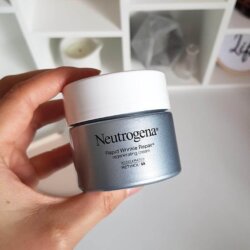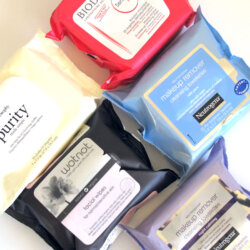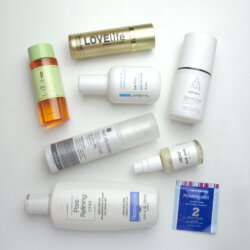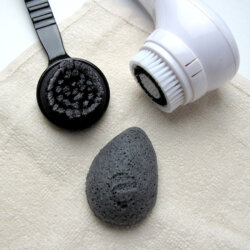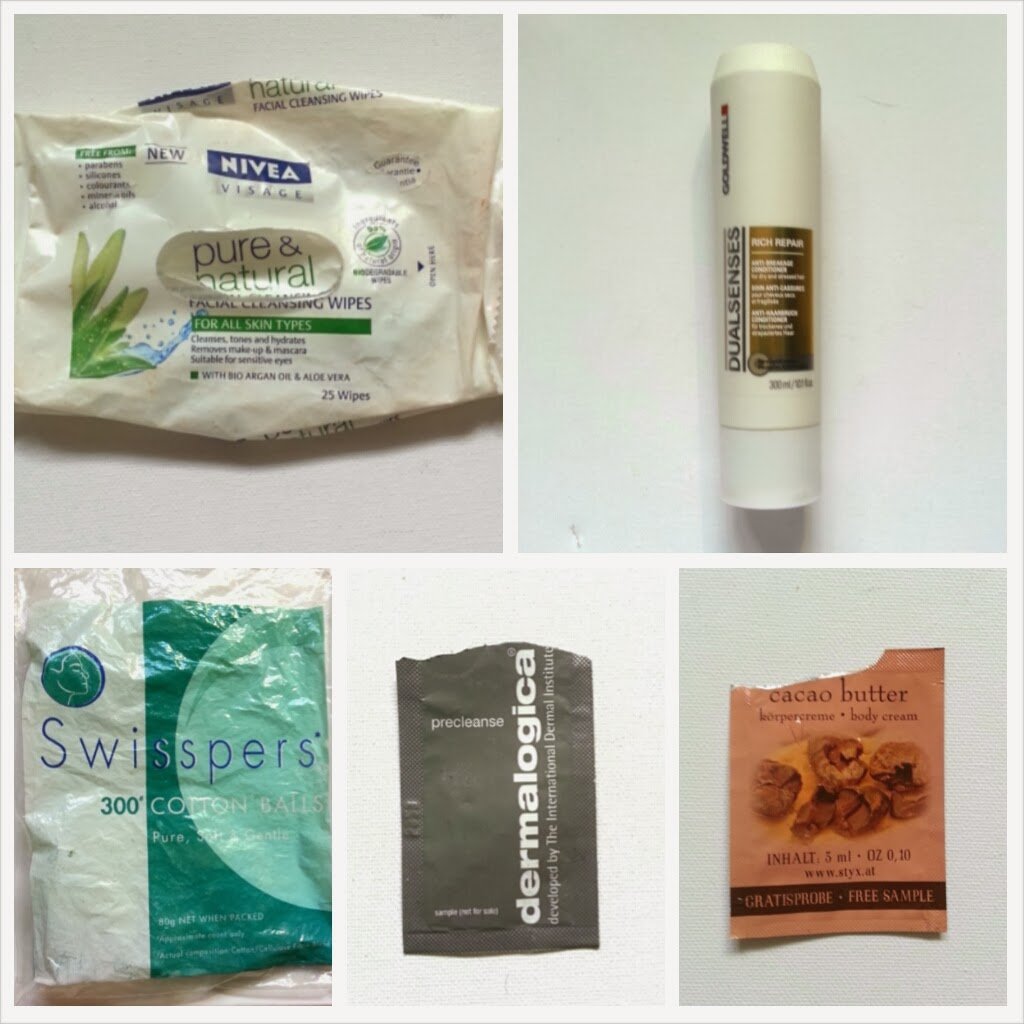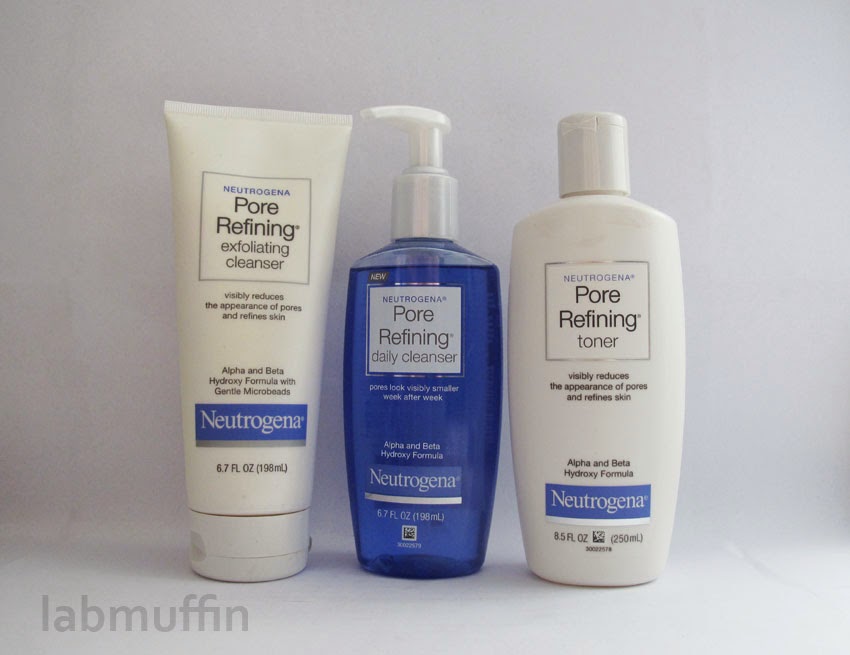My Favourite Sunscreens: 2021 Update
As a sunscreen connoisseur who tries out a lot of sunscreens, it always feel premature to make a list of my favourites. I try a lot of sunscreens but I feel like I can never get through as many as I’d like, because unfortunately I have just the one face. I did a list of my favourites at the end …

